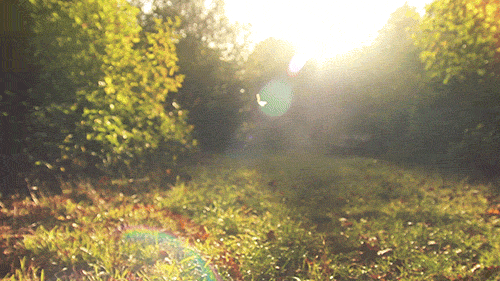Often when you read tech pedagogy articles you get listicles. For example, you get “Top 10 Education Tech Blogs” or “The Best Ways to Use Padlet” or “7 Tools for Creating Classroom Blogs”. All good stuff. Not complaining. But I want to share how I am using tech not only in the classroom but professionally and personally. What follows is one of those stories without lists. And if you are open to it, you can annotate in the margins by going to this link which allows you to use Hypothes.is to comment on the sides. I hope that conversation will be one part “director’s commentary” and reader’s zoo.
One of my favorite partners in creating is Kevin Hodgson. In a recent post, “Resonation Points: Practicing Noticing and Connecting”, Kevin leapfrogged across a lily pad of ideas and spaces, distinctly non-listicle:
CLMOOC–>noticing–>Mary Ann Reilly’s post “Love is a Story in Five Parts“–>using the app SUPER–>using the app Legend to pull out a notable quote from Wendy’s postcard project–>back to SUPER with a response to Anna via Melissa–>my shell game post–> a conclusion.
My name for these is ‘feldgangs’, field walks. Imagine you personal learning network as a series of meadows with fervid hedgerow margins full of life and pastures, an ecosystem of nearly infinite complexity. In a feldgang we pull out what we notice. And what do we notice? We don’t know until we go field walking. Or as Kevin says and I steal for a Pablo poster:
I responded in Kevin’s comments:
Then I translated it into a poem
Tech pedagogy has more to do with how you use your repertoire to make sense and create and share and reciprocate than it does with dazzling others with your technical capacity. All of these tools are simple and derive from engaging with others online at the most basic level–text. It all ripples out from there, from the comment and conversation and noticing what is happening on your feldgangs to the sharing and showing of the path.
Another way of thinking about it is what Nick Sousanis calls “unflattening” or what the writer James Scott refers to as “making legible” or what James Gray names “liminal thinking” or what Mike Caulfield offers us with Wikity and federated wikification or what Venkatesh Rao deems is ‘breaking smart’.
In other words all tech pedagogy and tech are about is helping us connect so that we can make and share meaning. Pedagogy is learning turned inside out. Tech pedagogy is just another way to turn ourselves inside out. The reason we make a big deal about it is that it is a new way of doing and being that we pretty much suck at. We are all just making one feldgang after another and coming back with a aptly round stone, a feather, a Solomon’s Seal dug up from the hedgerow and dirt under our fingernails. If tech isn’t connected to life it is an inert idea, not even usefully dead like a possum that feeds a vulture or a blade of orchard grass hay from the pasture. I think it is more like setting a luna moth free.



























